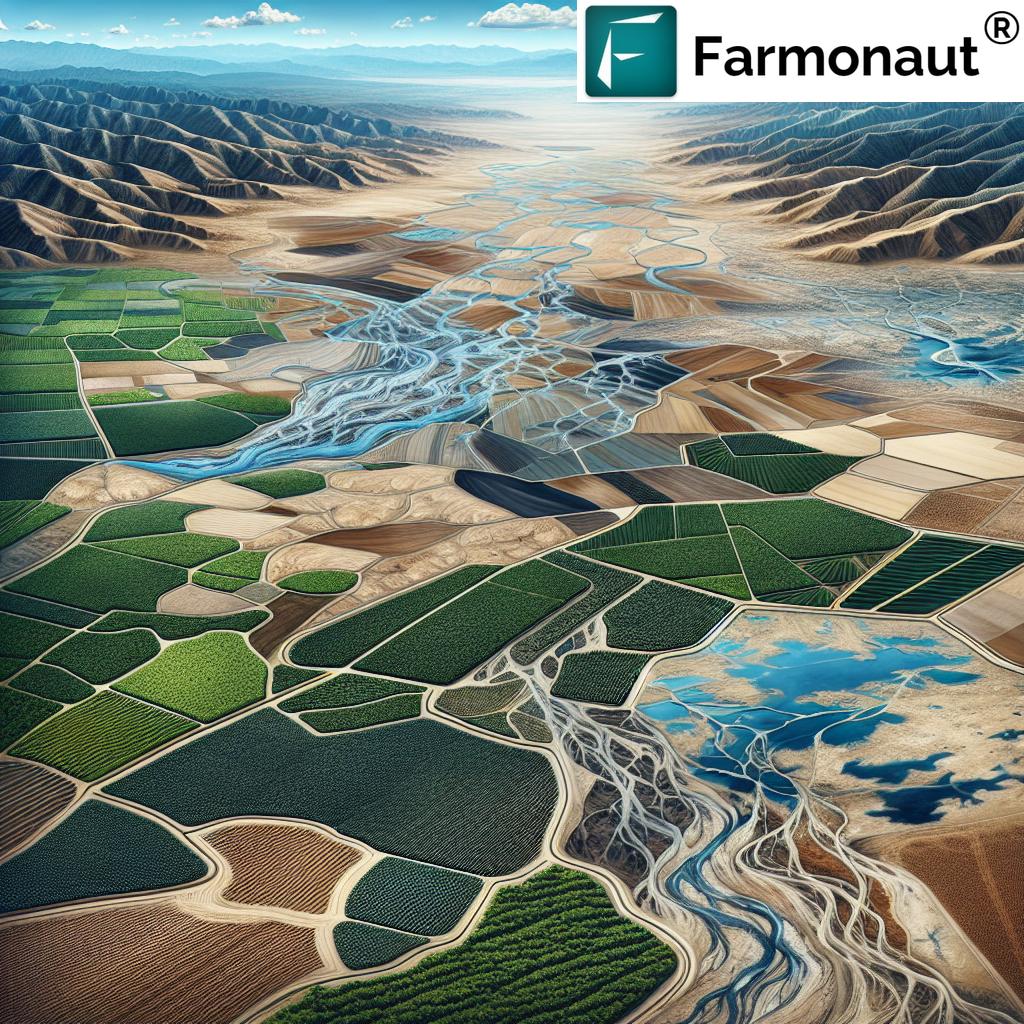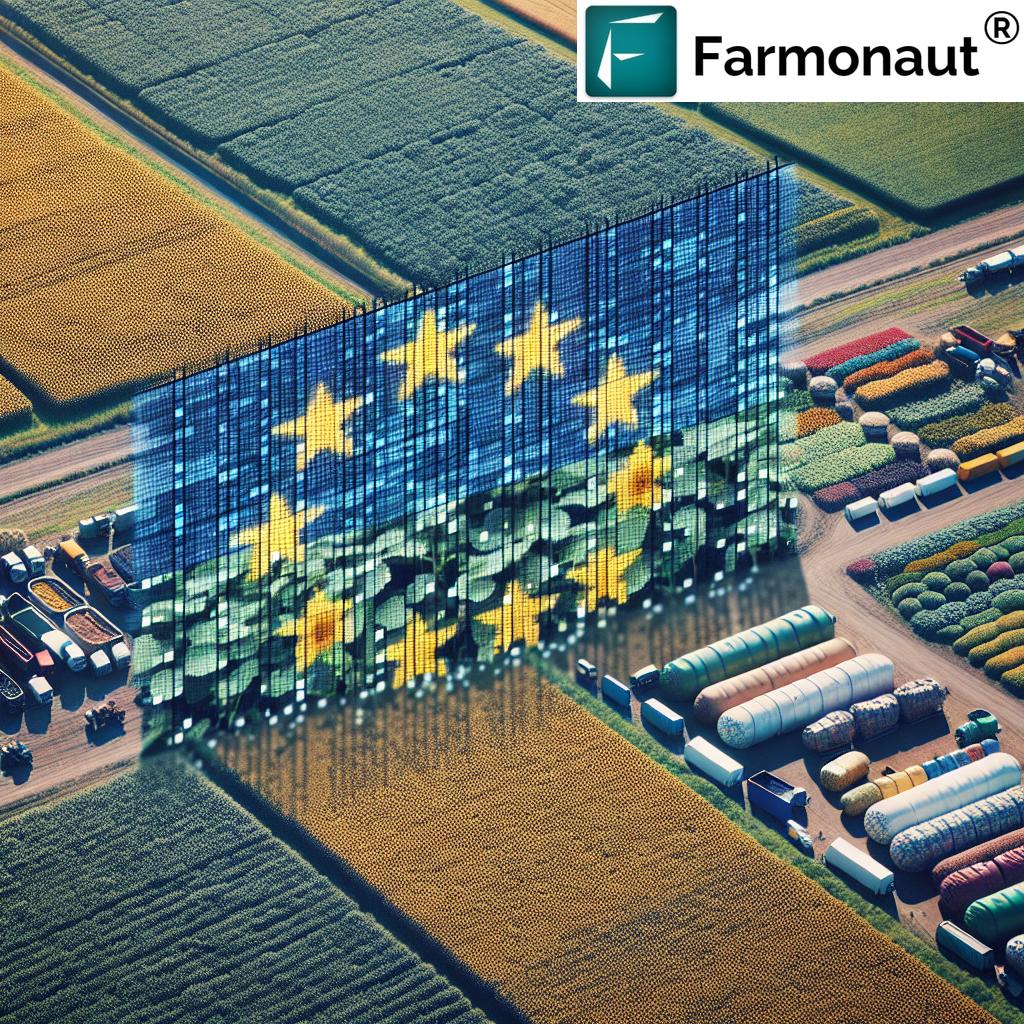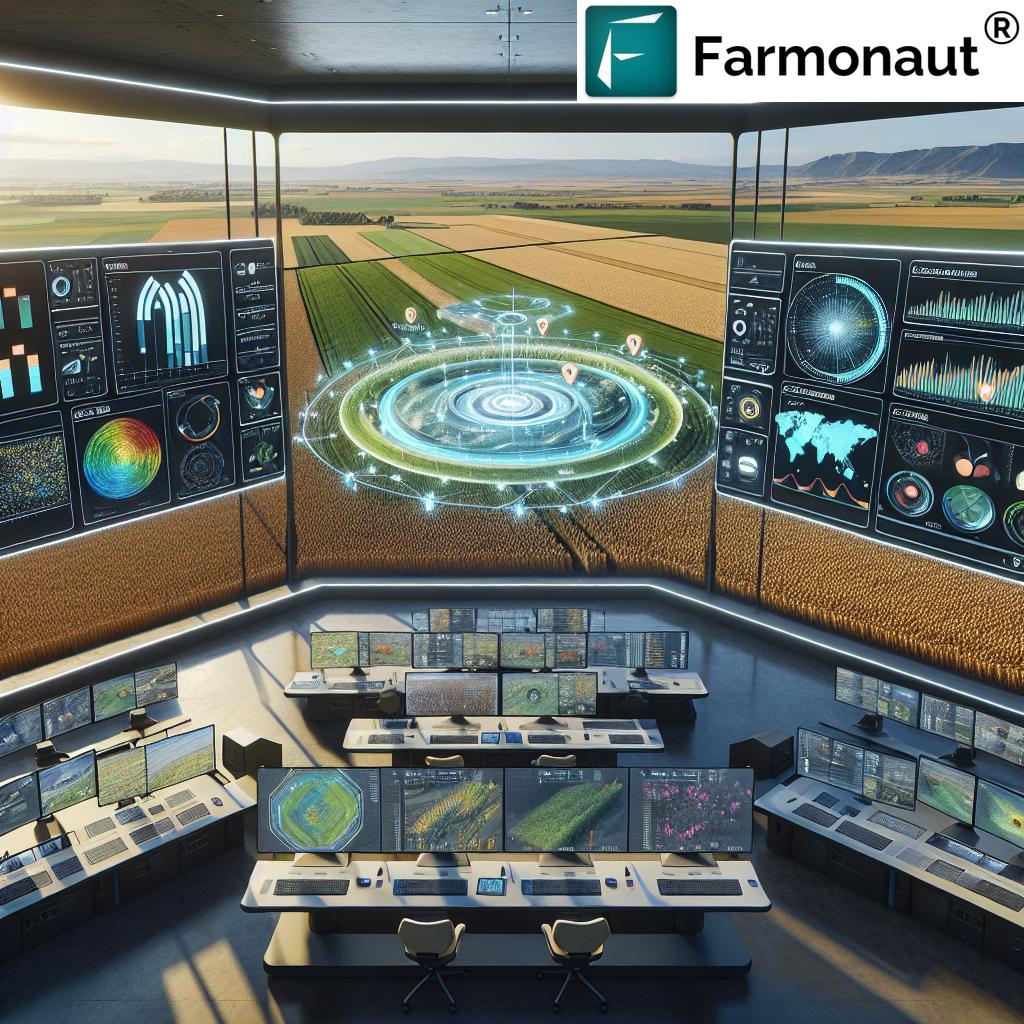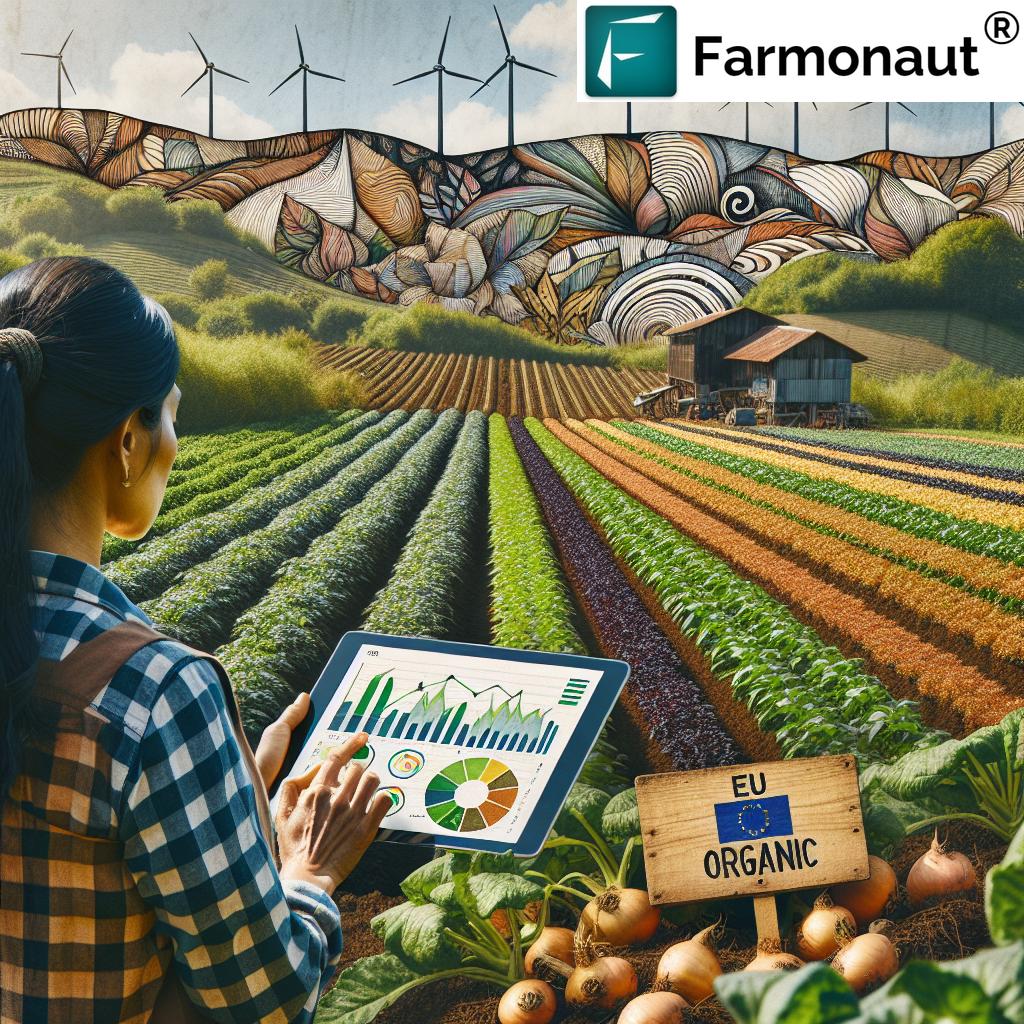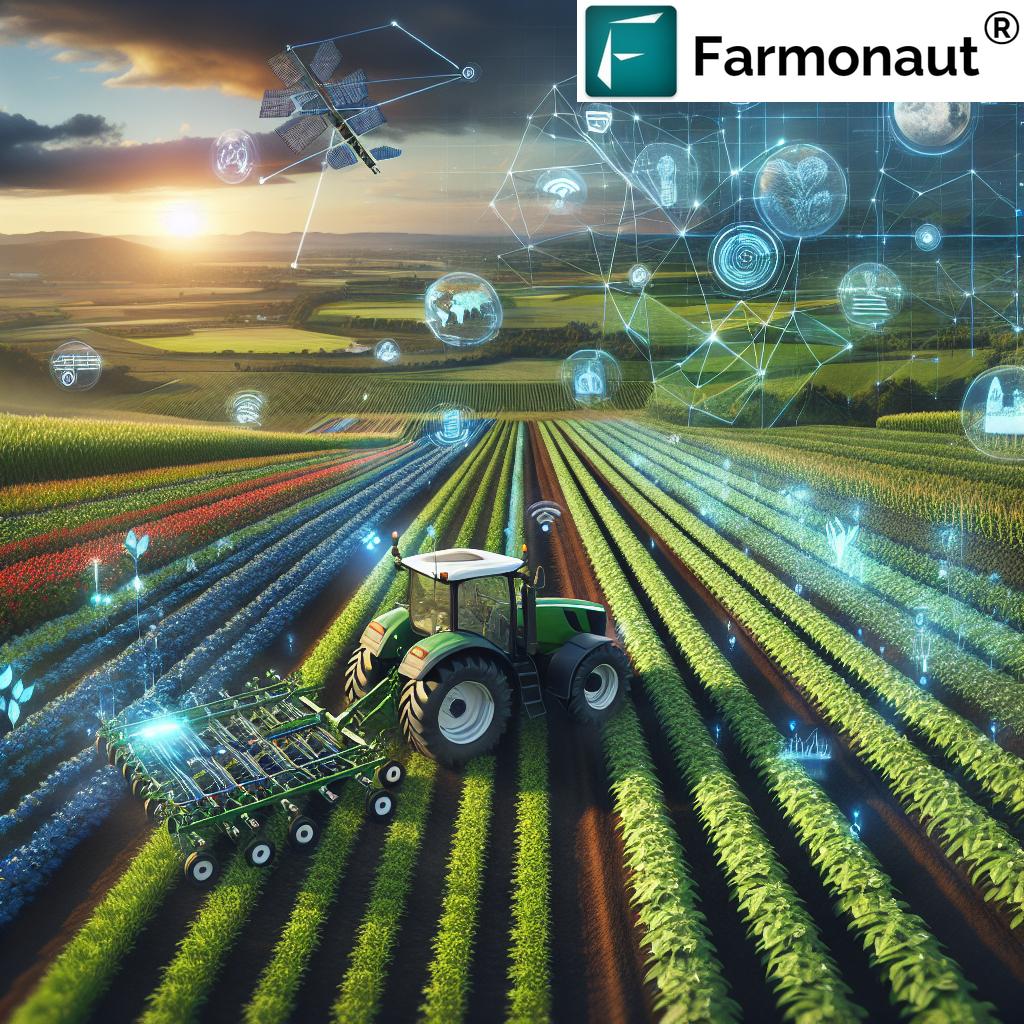Factors High-Tech Greenhouses: Leamington, China, Dutch – 2025 Outlook and Innovation
“Leamington, Canada produces over 500 million kg of greenhouse tomatoes yearly, making it North America’s greenhouse capital.”
Introduction: The Remarkable Transformation of Modern Greenhouse Agriculture
In recent years, the global agricultural landscape has witnessed a remarkable transformation driven by rapid advancements in greenhouse technologies. From the concentrated high-tech greenhouses in Leamington, Ontario, through the sophisticated and efficient dutch greenhouse farming systems in the Netherlands, to China’s emergence as a dominant greenhouses manufacturer—these regions have become leading hubs for sustainable, resilient agricultural production.
Understanding the factors high-tech greenhouses concentration Leamington Ontario, China greenhouses manufacturer, and Dutch greenhouse farming in this evolution is critical as we approach 2025 and strive for food security, productivity, and minimized environmental impact. In this comprehensive deep dive, we unravel:
- How Leamington’s greenhouses revolutionized tomato farming and more
- How China’s manufacturing drives global greenhouse expansion and technology adoption
- What makes Dutch greenhouses the global gold standard for innovation and sustainability
- The future direction and role of advanced satellite (such as Farmonaut) and digital solutions in global greenhouse agriculture
By examining these key regions, we’ll also uncover valuable insights and technological trends that will shape greenhouse agriculture in 2025 and beyond, ensuring resilient, productive, and sustainable food systems worldwide.
Leamington, Ontario: High-Tech Greenhouses Concentration Model
Factors High-Tech Greenhouses Concentration Leamington Ontario
Often dubbed the “Tomato Capital of Canada”, Leamington, Ontario exemplifies how the integration of advanced greenhouse technologies can enhance productivity, sustainability, and economic growth. The concentration of sophisticated controlled-environment agriculture systems in this region has fundamentally transformed what was once a seasonal industry into a resilient, modern year-round enterprise.
Why Leamington?—The Combination of Favourable Factors
- Geography: Southern Ontario’s climate offers milder winters and consistent sunlight—perfect for greenhouse farming.
- Skilled Labor: A tradition of agriculture and crop expertise enables rapid adoption and operation of sophisticated technology.
- Capital Investment: Leamington’s strong investment in infrastructure, technology, and renewable energy supports innovation at scale.
Key Technologies and Practices
The greenhouses in Leamington integrate a range of advanced systems including:
- Automated Climate Management: Sensors and computer-controlled ventilation, heating, CO2 enrichment, and dynamic LED lighting ensure optimal plant growth environments throughout the year.
- Hydroponics & Precision Irrigation: Minimizing water use while increasing yields exponentially, and reducing pesticide use.
- Waste Heat Recovery & Nutrient Recycling: Recovery systems capture and repurpose waste heat, while advanced techniques recycle nutrients—dramatically reducing environmental impact.
- Renewable Energy Integration: The shift to solar panels, biomass boilers, and other renewable sources further cuts the carbon footprint.
This powerful combination enables year-round, high-volume production, with Leamington leading in tomato output, but also expanding to peppers, cucumbers, and specialty crops.
Economic, Environmental, and Social Impacts
- Boosted Productivity: Yields are up to ten times higher per hectare compared to open field farming.
- Job Creation: Greenhouse production supports thousands of jobs in the region, with continuous upskilling needs for modern systems.
- Sustainability: Leamington’s shift toward energy recovery, nutrient recycling, and renewable energy is minimizing environmental impact as never before.
- Food Security: A move from seasonal to year-round production reduces reliance on imports and enhances national food resilience.
Leamington’s model thus reinforces its leadership in greenhouse farming while serving as a blueprint for other regions aiming to reduce their environmental impact, boost food security, and foster a sustainable agricultural industry.
Challenges and 2025 Outlook
- Scaling further “smart” automation with AI-driven remote monitoring and robotic manipulation in plant care and harvesting
- Managing rising energy needs sustainably—with even greater focus on supplementary solar panels and biogas
- Adapting to climate change through resilient greenhouse architecture and advanced climate simulation inside production environments
“By 2025, China’s smart greenhouse area is projected to reach 3 million hectares, leading global sustainable innovation.”
China: Greenhouses Manufacturer Driving Global Expansion
China Greenhouses Manufacturer—Critical Role in Global Sustainability
Parallel to the Leamington model, China’s emergence as a dominant greenhouses manufacturer is fundamentally driving global greenhouse expansion and technology adoption. By leveraging scale, cost-efficiency, and advanced manufacturing capabilities, Chinese companies are:
- Producing modular, scalable greenhouses for rapid deployment—especially in developing regions
- Integrating cutting-edge technology such as IoT sensors, automated climate control, and AI-driven crop monitoring systems
- Leading in smart greenhouse adoption, projected to reach 3 million hectares by 2025 — the largest globally
Innovations and Expansion Strategies
China’s manufacturing prowess ensures that advanced greenhouse technologies are increasingly accessible, cost-effective, and adaptable:
- Mass production of aluminum/polycarbonate modular greenhouses, as well as high-tech glass houses
- Integration of automation: Automated irrigation, climate control, and AI-powered environmental monitoring to optimize conditions for any crop
- Versatility: Supporting a diverse crop range—vegetables, fruits, flowers, and even medicinal herbs
- Rapid R&D cycles: Continuous innovation improves durability, efficiency, and overall yield
The critical role played by china greenhouses manufacturer is especially evident in the spread of greenhouse farming across Central Asia, Africa, and Latin America, where both the technology and knowledge transfer are closing agricultural yield gaps and addressing local food security challenges.
The Technology Ecosystem: Monitoring, AI, and Sustainability
- IoT Environmental Sensors: Real-time checking of temperature, humidity, CO2 levels, and light spectra keeps crops in ideal growing conditions while minimizing labor
- Remote Monitoring Platforms: Centralized dashboards allow for multi-site, multi-crop management via mobile and desktop apps
- Smart Irrigation and Fertigation: Reduce water waste and cut operating costs through data-driven plant care
- Renewable Integration: Urban smart greenhouses piloting hybrid solar and grid-tied energy systems
By 2025, China’s concentration of smart greenhouse operations will be setting global benchmarks in scalable, sustainable food production, offering valuable insights for regions aiming to modernize their agricultural systems.
To elevate greenhouse monitoring and data-driven decisions, check out the Farmonaut Satellite API—leverage real-time satellite and weather data for scalable, remote greenhouse management!
Eco-Efficiency and Circular Practices
- Emerging focus on recycling water and organic waste in high-intensity greenhouses
- Integration of low-carbon construction materials to further minimize environmental footprint
- Wider deployment of solar arrays and energy storage on smart greenhouses for grid stability
Dutch Greenhouse Farming: Benchmark for Technological and Sustainable Leadership
Dutch Greenhouse Farming—Precision, Sustainability and Global Influence
The Netherlands—small in land area, but giant in agricultural output—exemplifies the synergy of advanced technology, sustainability and continuous innovation in greenhouse farming. The dutch greenhouse farming model is globally recognized for its high yields, efficient resource use, and minimal environmental impact.
Technological Edge: Advanced, Integrated Systems
Dutch greenhouses are characterized by:
- Controlled Environment Agriculture (CEA): Advanced hydroponics, artificial lighting (including high-efficiency LEDs), and completely automated climate control systems.
- Precision & Digital Monitoring: Use of drones, AI, sensors, and blockchain for everything—from real-time crop health monitoring to automated harvest robots.
- CO2 Capture & Recycling: Advanced systems capture and reuse CO2 emissions to fuel plant photosynthesis while reducing carbon output.
- Hybrid Renewable Energy: Integration of solar panels, wind, heat pumps, biogas—ensuring that even large-scale greenhouses maintain a low-carbon footprint.
Sustainability Principles & Resource Efficiency
- Water Usage: Dutch greenhouses use up to 90% less water than traditional open-field farming—thanks to closed-loop hydroponic systems.
- Circular Economy in Practice: Waste streams (heat, water, nutrients) are captured, treated, and recycled, with close to net-zero waste.
- Climate Control: Systematic use of environmentally friendly climate management supports crop resilience and sustainable output.
Pioneering Techniques and Global Influence
- Knowledge Transfer: Techniques pioneered in the Netherlands are now adopted worldwide, supercharging productivity in new greenhouse hubs.
- Blockchain for Traceability: Blockchain-enabled systems trace produce from seed to shelf—bolstering food security and consumer trust.
- AI-Guided Supply Chains: Optimization from farm-to-market reduces waste and energy use throughout production and distribution.
Curious how carbon impact is managed in Dutch greenhouse farming and how you can benchmark your greenhouse? Explore Farmonaut’s Carbon Footprinting tools for actionable insights into emissions, offsets, and sustainability compliance.
2025 and Beyond: What Sets Dutch Greenhouse Farming Apart?
- Sustained Leadership: Dutch systems continue to be the primary reference for energy efficiency, yield optimization, and sustainable greenhouse agriculture globally.
- Research & Collaboration: Continuous public and private investment in greenhouse research and knowledge dissemination keeps the Netherlands at the cutting edge.
- Adaptability and Scalability: The modular, adaptable design sets benchmarks for other regions including Leamington and China.
Impacts on Global Agricultural Practices
From export of advanced greenhouse kits to training programs in Asia, Africa, and the Americas, Dutch influence remains global, acting as the catalyst for continuous innovations and sustainable agriculture models worldwide.
Comparative Feature Table: Leamington, Dutch, and China Greenhouse Hubs
For rapid reference, here’s a comparative overview of key factors contributing to the success and distinctive advantages of these three global greenhouse hubs:
| Critical Factor | Leamington, Ontario | Dutch Greenhouse Farming | China Greenhouses Manufacturer |
|---|---|---|---|
| Technology Type | Advanced climate-managed glass & poly greenhouses; hydroponics; renewable energy integration | Full CEA automation, hydroponics, robotics, AI, blockchain, CO2 recapture, vertical farming | Mass-produced modular glass/poly/PC greenhouses; IoT/AI-powered; scalable automation |
| Average Yield Increase (%) | Up to 1000% (vs traditional field) | 1200% (vs traditional field) | Up to 850% (varies by location/crop) |
| Automation Level | High (climate, irrigation, fertigation, some harvest robotics) | Very High (climate, irrigation, lighting, harvest, data) | High (especially latest smart systems) |
| Energy Efficiency Rating | Medium-High (growing, but not yet world-leading) | World-leading (net-zero, hybrid renewables, recycling waste heat) | Medium-High (rising with more solar/waste integration) |
| Investment Cost (USD/ha, est.) | $800,000 – $1.5M | $1.5M – $2.3M | $350,000 – $950,000 |
| Year of Widespread Adoption | 2012-2020 | 1998-2025 (constantly innovating) | 2015-2025 |
| Primary Innovations | Automated climate/irrigation, large-scale solar, waste/nutrient recycling | Blockchain traceability, CO2 recycling, full CEA, robotics, net-zero energy | Modular prefab construction, scalable smart systems, affordable automation |
This data-driven comparison highlights both unique strengths and overlapping innovation themes—helping investors, agronomists, and policymakers make informed decisions about technology adoption and market entry points.
Watch & Learn: Video Insights on Smart Agriculture and Greenhouses
The Role of Farmonaut’s Satellite Technology in the Next Generation of Greenhouse Innovations
As global greenhouse farming moves toward data-driven, resilient, and sustainable production systems, satellite technology and digital platforms play an increasingly critical role. At Farmonaut, we provide a modular suite of solutions destined to empower stakeholders in all leading greenhouse regions—including Leamington, Dutch, and China hubs—by:
- Offering real-time, AI-driven satellite monitoring of crop health, water usage, and environmental risk—key for optimizing greenhouse productivity and ensuring yield consistency
- Enabling blockchain-based traceability to guarantee transparency and integrity in high-value supply chains, tackling both consumer trust and regulatory demands
- Promoting environmental impact reporting (carbon, water, input use) so farmers and businesses can actively manage sustainability goals
- Reducing operational costs and resource waste via our fleet and resource management tools
Efficiently manage large-scale greenhouse logistics with Farmonaut’s Fleet Management solution—optimize routes, machine use, and fuel for a smarter, greener operation.
We also give access to AI-based advisory and resource optimization tools for all greenhouse types, closing the gap between manual best practice and full automation—at a fraction of the cost of traditional precision tools.
- Our modular subscription platform makes powerful analytics and satellite insights accessible from mobile, web, or API.
Farmonaut’s mission is to make advanced, satellite-driven greenhouse insights affordable, supporting sustainable practices and food system resilience in 2025 and beyond.
For those managing hundreds or thousands of greenhouse acres, Farmonaut’s Large Scale Farm Management App offers enterprise-grade coordination, reporting, and resource allocation for maximizing productivity in multi-site, high-tech facilities.
Introducing Farmonaut’s advanced crop and forest advisory system: get expert, satellite-powered recommendations for plantations and multi-crop greenhouses.
Need confidence that your produce or greenhouse crops meet traceability and sustainability standards? Leverage Farmonaut’s blockchain-based Traceability technologies for bulletproof records from seedling to retail!
Want to ensure fair, fraud-resistant access to financing for greenhouse upgrades? See our Crop Loan & Insurance Solutions that speed up verification and boost lender confidence.
Farmonaut Subscriptions—Unlock Advanced Satellite Features
Frequently Asked Questions (FAQ)
1. What are the core factors driving the high-tech greenhouses concentration in Leamington, Ontario?
Answer: The concentration in Leamington stems primarily from its favorable geography, skilled labor, significant investment in both advanced HVAC and hydroponics, and a strong culture of technological adoption. The region also benefits from extensive investment in renewable energy and large-scale infrastructure.
2. Why is China considered a global powerhouse in greenhouses manufacturing?
Answer: China’s position as a greenhouses manufacturer results from its mass-production capability, modular greenhouse design, technology integration (IoT, AI, automation), and relatively low cost, making advanced systems accessible for both domestic and foreign investment.
3. What sustainability practices set Dutch greenhouse farming apart?
Answer: Dutch greenhouse farming leads globally in energy efficiency, water recycling, circular waste management, CO2 recapture, use of blockchain for traceability, and continuous innovation in hybrid renewables.
4. How are automation and AI changing global greenhouse operations for 2025?
Answer: Automation and AI are rapidly reducing manual labor, allowing for precise, remote environmental control (climate, lighting, irrigation), early pest detection, and even automated harvesting—unlocking higher yields and resource efficiency worldwide.
5. How can satellite technology (like Farmonaut) benefit greenhouse operations?
Answer: Satellite technology delivers large-scale, real-time remote monitoring, early anomaly detection, AI-based advisories, environmental impact reports, and blockchain-enabled supply chain authentication—all of which support productive, sustainable and resilient greenhouse farming in 2025 and beyond.
Conclusion: The Global Future of Sustainable, High-Tech Greenhouse Agriculture
The convergence of high-tech greenhouse concentrations in regions like Leamington, Ontario, China’s dominance as a greenhouses manufacturer, and the Netherlands’ leadership in dutch greenhouse farming innovation is setting a new global standard for sustainable, resilient, and highly productive agriculture. By 2025, these three leading hubs epitomize the world’s best technology integration, resource efficiency, and eco-conscious practices.
As food security, climate change, and resource scarcity intensify in importance, adopting advanced, sustainable greenhouse farming practices will remain a cornerstone of modern agriculture. We at Farmonaut are committed to supporting this transition, democratizing access to satellite insights and digital solutions—for growers, agribusinesses, and policymakers across every global region.
By studying and scaling the success factors of Leamington, China, and the Dutch greenhouse models, the world can unlock renewed productivity, minimized environmental impact, and a future of secure, healthy food for all—2025 and beyond.
Are you ready to take your greenhouse operation—or your agricultural investments—to the next generation of high-tech, sustainable standards?




